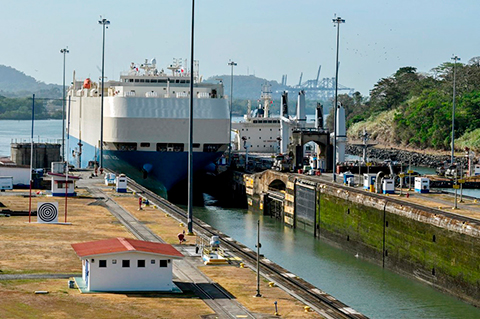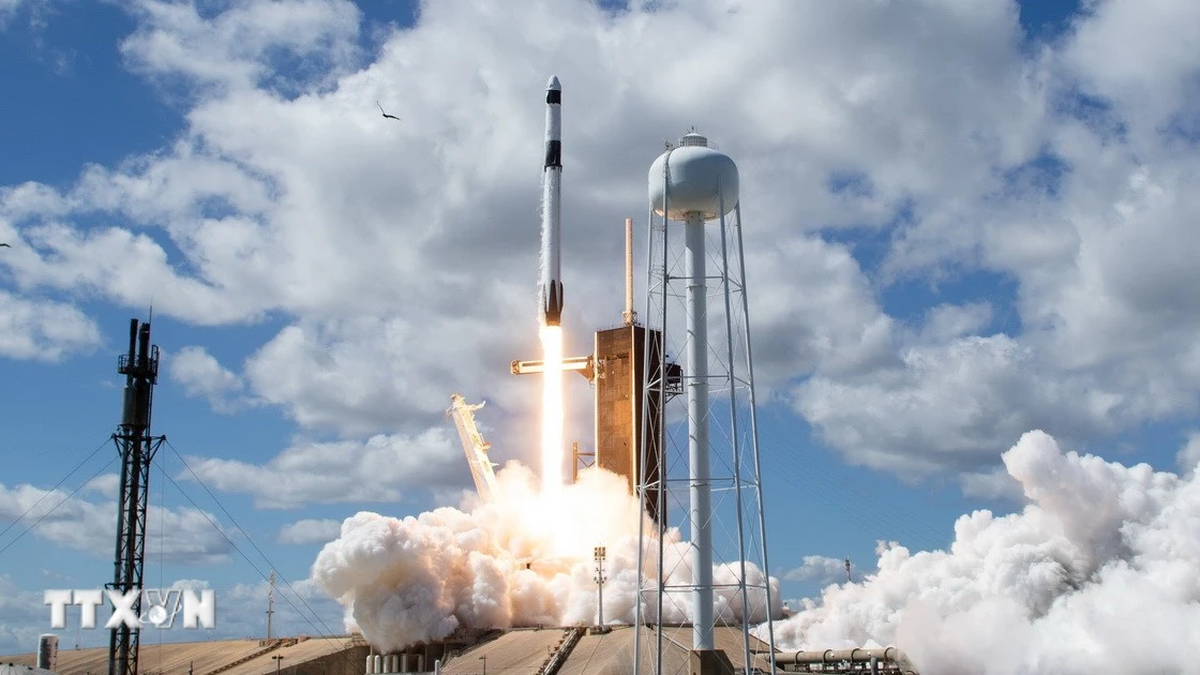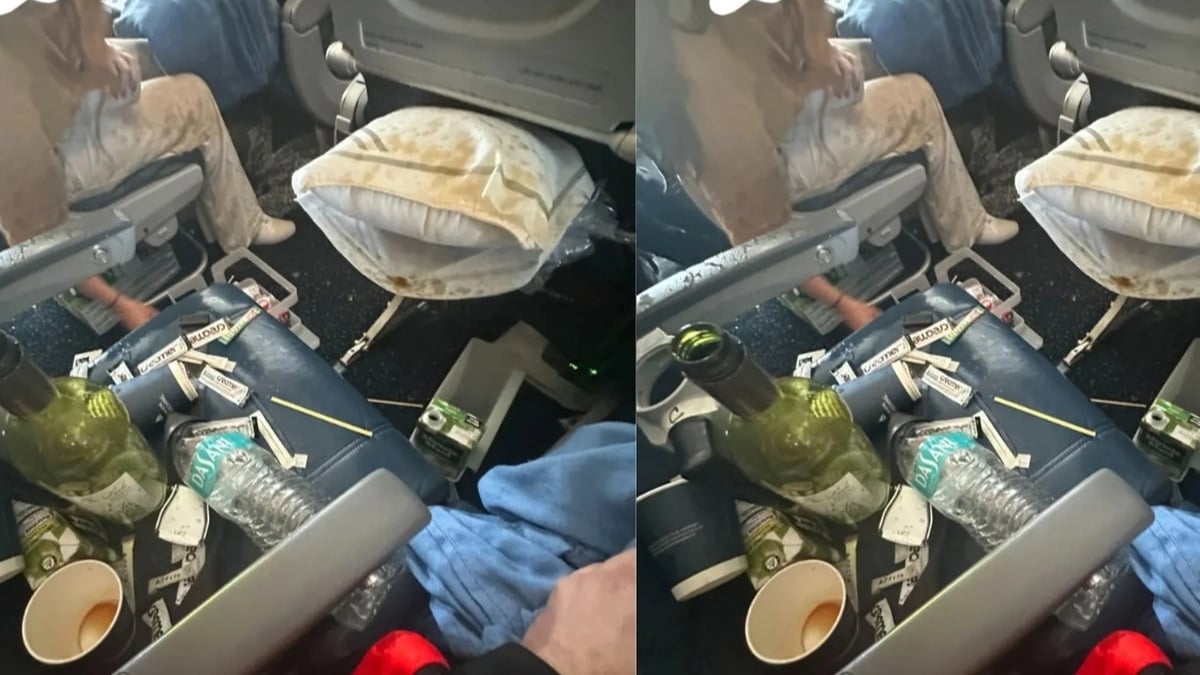Gatun Lake, which supplies water to the Panama Canal, is suffering from a severe drought that has led to weight limits and increased surcharges on ships.
A ship moves through the Miraflores locks of the Panama Canal. Photo: AFP
Gatun Lake provides the fresh water needed to support ships as they travel from the Pacific Ocean to the Atlantic Ocean. But a severe drought has caused water levels in the lake to drop below normal levels, leading to weight limits and increased tolls for ships passing through the canal.
It also worries economists and supply chain experts. Just as global shipping bottlenecks are easing, drought in Panama and worrying weather patterns elsewhere threaten to rekindle some of the chaos of 2021, when soaring shipping costs and consumer demand led to shortages of goods, helping push U.S. inflation to a four-decade high.
Logistics experts say if Gatun Lake water levels continue to fall as forecast, the market reaction will be to increase shipping prices and scramble to find alternative routes from Asia to the United States.
US inflation is slowing, but remains at 4.7%, “very uncomfortable for central banks,” Ostry said. Bad news in the shipping industry could weigh on the situation.
The Panama Canal Authority forecasts water levels on July 31 at 23.82m, beating the previous all-time low of 23.83m in May 2016 and well below the five-year average of 25.7m for July.
Making matters worse, an El Nino system is forming in the western Pacific Ocean and is expected to upset normal weather patterns later this year. While that can bring heavy rains in some areas, in Panama it typically means severe drought and higher-than-normal temperatures. Erick Córdoba, a manager of the Panama Canal, said El Nino could lead to a longer dry season for Panama in 2024.
The drought has made shipping more expensive. The canal authority has been gradually reducing the draught — how deep a ship can sink — since February. To comply with the lower draught, large ships must lighten their load by carrying fewer containers, or by reducing the amount of cargo they can carry. Either way, the result is higher prices for consumer and industrial goods moving through the canal. Some shipping lines also began charging for containers by the box on June 1 to comply with the limits.
Freight rates on other routes will also rise if low water levels force shippers to find alternatives — especially during peak shipping months like August and September, when retailers start stocking up ahead of the holiday shopping season.
Ricaurte Vásquez, administrator at the Panama Canal Authority, said last May was the driest since 1950 and if things get extreme this year, the canal could be forced to cut the number of ships passing through each day to 28-32 from the current 36.
Economist Ostry said the 2021 bottleneck has caused shipping costs to rise six times above pre-Covid levels, raising inflation by more than 2 percentage points in 2022.
According to the United Nations Intergovernmental Panel on Climate Change, heat waves lasted an average of 2.6 days longer between 2016 and 2020 than between 1985 and 2005. However, scientists say it is unclear whether drought conditions in Panama are getting worse because the region is located between the wetter Caribbean and drier Pacific.
Compiled by NGUYEN TAN
Source link



































































































Comment (0)